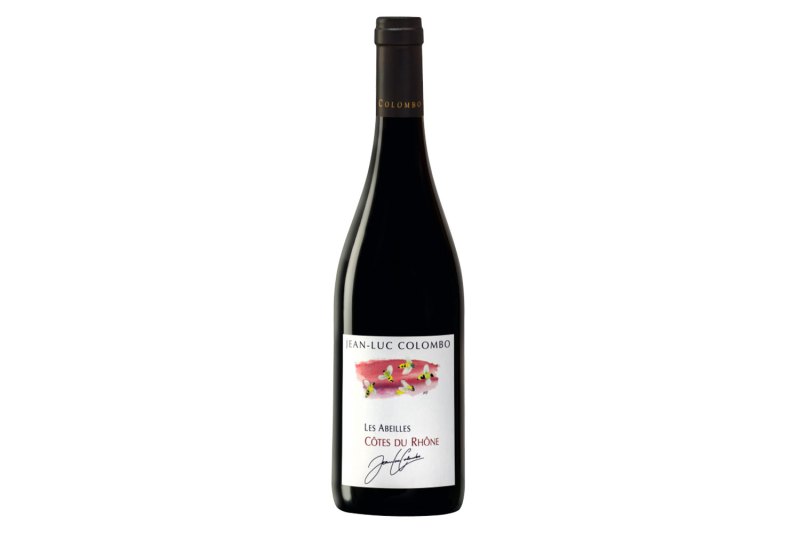Talk to a wino long enough and you just may hear the GSM acronym. The name refers to a legendary blend out of the Rhône in France, comprised of Grenache, Syrah, and Mourvèdre.
While the complementary meshing of the three varieties has gone on for far longer, it wasn’t until 1937 that the blend became the official mode of the region. A minimum of 30% G, S, and M must make up at least 70% of the blend by local law. As you might expect, these are the three most common great types in the scenic foothills that overlook the region’s namesake river.
Some grapes just work well together in the bottle. Grenache is the most widely planted in the southern Rhône and tends to make up the lion’s share of the overall blend. It’s fruity and round, an ideal counterpoint to Syrah’s more feral characteristics. Mourvèdre offers color and tannin, as well as some earthy notes. All together, it’s a trio that’s as good as any out there, from the Three Musketeers to TLC.
The Rhône made the blend famous but other areas have followed its lead. In fact, in Australia, the trio is known as SGM, as it tends to be predominately Syrah (or, Shiraz as they call it). American producers are working with these three grapes as well, sometimes to great effect (in Washington state especially). But it’s hard to match the nuance that comes from the ample limestone and other rocky soils native to southern France.
Plus, there’s a certain storybook quality about the French blend, one that really does seem to reflect its jaw-dropping landscape. There are many reasons why the Rhone is one of the most visited wine regions out there, with its boat cruises, vineyard treks, and innumerable tours.
A good Rhône GSM will put into your glass some of that experience. You’re likely to pick up on the lavender and grassy notes, indicative of the countryside. You’ll taste some gaminess, reflective of the rawness of the region. And you’ll feel the seamlessness, something winemakers in the area have banked on with these trusty varieties for hundreds of years.
Many in the American wine industry credit the Rhône and its signature blend for turning them on to wine. Tasting one of these well-assembled wines can make you second-guess your current career path and leave it all in the name of enology. But if you like your current job just fine and just want to taste the iconic category, here are a few bottles to look out for:
Jean-Luc Colombo Les Abeilles 2017 Rouge

This wine is named after the bees that live in the vineyards and a portion of the sales program goes toward continued bee research at UC Davis in California. It’s a lovely sipper, with strawberry, anise, and green herbs, kept nimble on the palate thanks to minimal stainless steel aging.
Domaine des Gravennes 2018 Cotes du Rhône

A fourth-generation outfit, Gravennes means “stony place,” a reference to the soils that challenge area vines and amplify the flavor of the fruit. It’s an easy-drinker, great on its own but even better alongside some charcuterie.
Vignerons de Caractère 2016 Châteauneuf-du-Pape Roque Colombe

A great find from one of the region’s most famous appellations. Carrying the Chatty-Pape name, it’s certainly more expensive, but you’ll appreciate the depth and finesse at work here.
Domaine Réméjeanne 2017 Chevrefeuille Cotes du Rhône

This wine mixes up the GSM order a bit, focused primarily on Syrah, with a little Marselan and Carignan to join the Grenache and Mourvèdre. It’s a tasty and organic wine from the reliable importers at Skurnik.


